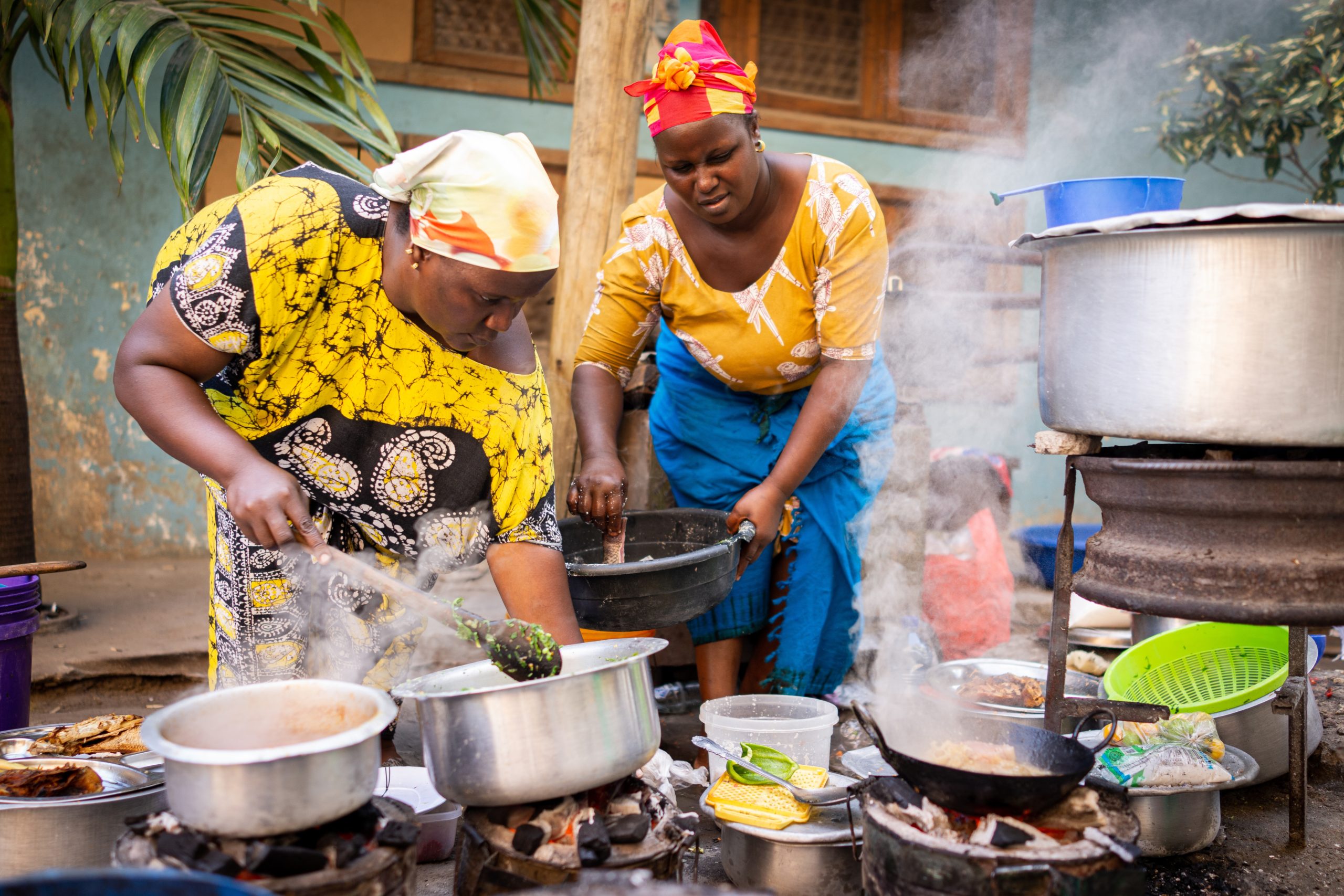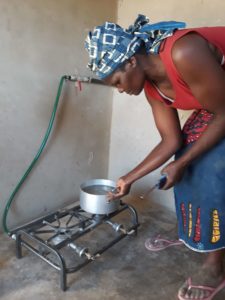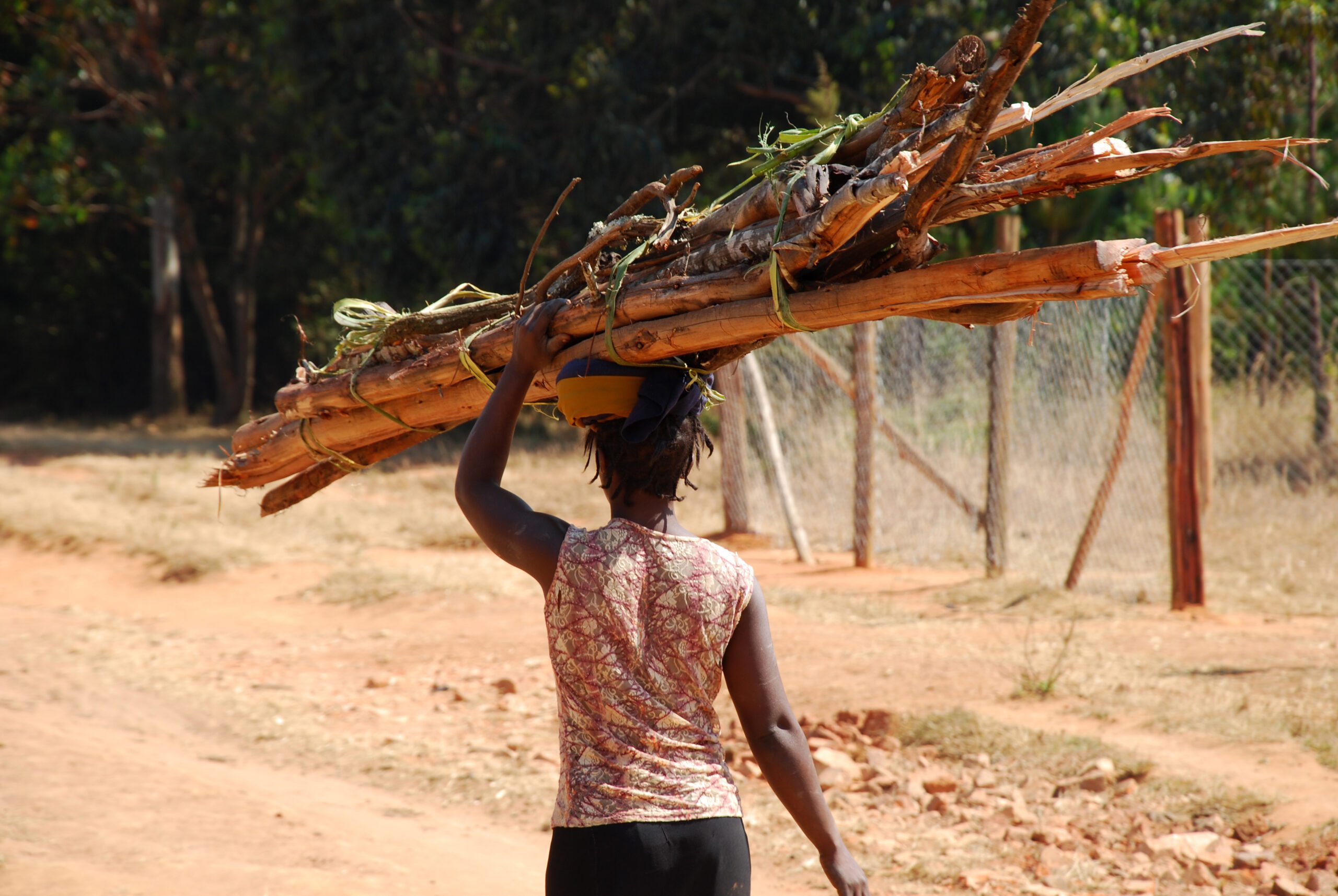
IPCC climate report: Clean cooking tech is crucial for Climate action now
- Gasbes admin
- April 15, 2022
- Blog
- Biogas, Technology
- 0 Comments
Twelve years. A report released this month by the Intergovernmental Panel on Climate Change (IPCC) says that the world may have only a few more years to stop climate change. The report, which has been getting a lot of attention, says that all countries need to take action quickly and in a way that has never been done before. This includes scaling up technology that makes cooking clean and efficient.
Reductions of black carbon and methane would have substantial co-benefits
There must be more than just cutting CO2. For the first time, the IPCC has said that reducing short-lived climate forcers (SLCFs), like black carbon and methane, at the same time is important. CO2 is the main cause of long-term warming, but cutting short-lived climate forcers can make a big difference in the short term, the report says.
Globally, up to 25% of black carbon emissions come from things like cooking, heating, and lighting in homes. In many Asian and African countries, residential use can account for as much as 60% to 80% of the black carbon that comes out of the air. The report says with high confidence that “reductions of black carbon and methane would have a lot of other benefits, like better health because of less air pollution.”
Clean cooking must play a critical role
One of the few good things to come out of the report is that limiting the temperature rise to 1.5°C is a good thing. “It’s possible,” says Jim Skea, Co-chair of IPCC Working Group III. “But it would require a lot of new things to happen.” The chances of meeting that goal are very low if we don’t also cut down on the emissions of SLCFs. If there was a global disaster like this, every country and every person would have to take quick and wide-reaching action in every area, including household energy.

- Many of the solutions and new technologies that can help fight climate change already exist, like “clean cookstoves, gas-based or electric cooking.” However, many of these solutions are not being used at a large scale or getting the money or support they need. It’s possible to switch from biomass stoves to “cleaner gas stoves or electric cooking stoves,” but there are a lot of issues with user preferences, costs, and the way supply chains work. Marc Jeuland did research on the economics of household air pollution in India in 2015.
The authors want SLCFs to be included in emissions accounting and international reporting mechanisms so that we can better understand how black carbon, air pollution, climate change, and agricultural productivity are all linked to each other and how they affect each other.
The report comes two months before the world’s leaders and scientists meet in Poland for the Katowice Climate Change Conference to look at how things have changed since the Paris Agreement came into place. The report’s 91 authors and review editors had to figure out how much climate change damage could be avoided if global warming was kept to 1.5°C above pre-industrial levels instead of 2°C. An important part of a report is that we can already see how much we’ve warmed the planet by 1OC. Hurricanes Harvey and Florence, rising sea levels that make tsunamis like the one that hit Indonesia in September 2018 even worse, and shrinking Arctic sea ice are just a few examples. They will get worse with each year and each rise in temperature. Even if the world meets its commitments in the Paris Agreement, it is still on track to reach 2OC.
Even the most optimistic scenario isn’t a good one, but the hope is that this report will inspire governments, businesses, and individuals to take action now to keep global warming to 1.5°C. This includes more investment, innovation, and policies that make it easier for people to cook clean.
Related Posts

- Gasbes admin
- June 23, 2022
Gasbes Energy Selected for the Biodiversity Finance Accelerator support programme
Gasbes Energy is a Zambian start-up that was founded in 2017. The company is focused on clean e ..

- Gasbes admin
- February 28, 2022
Lack of access to clean cooking disproportionately harms women and children.
Council are celebrating the incredible achievement of the Companies and Stakeholders. Due to BI ..

- Jonathan Lungu
- April 1, 2022
Access to clean cooking can improve the population’s health by almost 4% by 2030
Zambia’s dependence on biomass fuels for heating and cooking poses a serious problem. The ..

